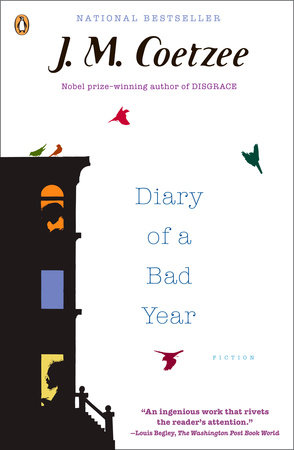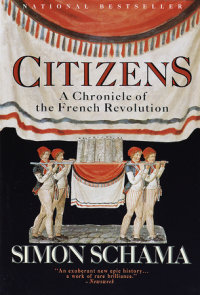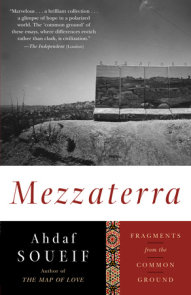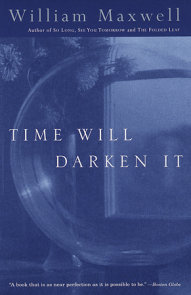READERS GUIDE
Questions and Topics for Discussion
INTRODUCTION
J. M. Coetzee’s Diary of a Bad Year is a meditation on the current state of the world from one of our most important authors. The book begins with a short essay on the idea of “The State” with reference made to Kurosawa’s masterpiece The Seven Samurai. At the same time, via text sharing space on the same page, the reader is made privy to an aging man’s story of his blossoming obsession with a female neighbor. Soon his object of desire, Anya, claims her own portion of each page.
In this ingenious game of a book, the plot itself is relatively simple. The aforementioned older writer bumps into a young woman in the laundry room of his apartment building. Infatuated even as he is aware they will never become romantically involved, he hires her to be his typist. The manuscript she’s typing, titled Strong Opinions, turns out to be the series of deeply moral and soul-searching essays that occupy the top third of each page of Diary of a Bad Year. While Señor C hires Anya based on her physical charms, he gradually learns she has more to offer than sex appeal. Her plain-spoken critique of the essays she’s being paid to transcribe goads him into rethinking his view of his opinions and the audience for his writing. At the same time, his interest in her ideas makes her truly embrace the fact that she is a person with a mind in addition to physical beauty.
Anya lives with her boyfriend, an intelligent, arrogant, and ruthless investment banker named Allan who has begun reading the essays Anya is typing. Anya and Allan argue about the ideas in the essays as well as about Señor C’s designs on her. Allan believes the despairing Señor C is an idealistic dinosaur who is using Anya to fuel his sexual fantasies. Anya recognizes that there is another way of thinking besides Allan’s purely economic view of human interaction and believes Señor C’s affection for her is sincere rather than lecherous. Ultimately, she feels trapped between the two men (and their points of view).
These clashing worldviews are brought into sharp relief when Señor C asks Allan to become his financial advisor. Allan soon reveals to Anya that he has implanted a spying program on Señor C’s computer and has learned he is dying of Parkinson’s disease and plans to leave all of his small fortune to an animal welfare charity. Reasoning that he and Anya would put the money to better use, Allan has created an elaborate plot to steal Señor C’s estate upon his death. Anya, often bullied by Allan, stands up to him and forces him to abandon the scheme. Finally, after Allan rages at Señor C during a drunken tirade, Anya leaves them both behind.
Provocative in its ideas and satisfying as a story, Diary of a Bad Year exhibits the steady and straightforward tone for which Coetzee has been known throughout his career. Here, his lucid prose is in service of a passionate statement against the current state of affairs in Washington D.C. and London as well as a poignant story of a dying man yearning, ultimately, for love.
ABOUT J.M. COETZEE
John Maxwell Coetzee was born in Cape Town, South Africa in 1940 where he grew up speaking English despite the fact his parents were not of British descent. He holds a PhD in English, linguistics, and Germanic languages from the University of Texas and has taught widely in the United States including the State University of New York, Johns Hopkins University, Harvard University, Stanford University and the University of Chicago. Coetzee began writing fiction in 1969. His early books, including Waiting for the Barbarians, which won him an international following, were generally more allegorical than his current work. Life & Times of Michael K won Britain’s Booker Prize in 1983, an award he won again in 1999 for his novel Disgrace. Coetzee was awarded the Nobel Prize in Literature in 2003.
DISCUSSION QUESTIONS




















